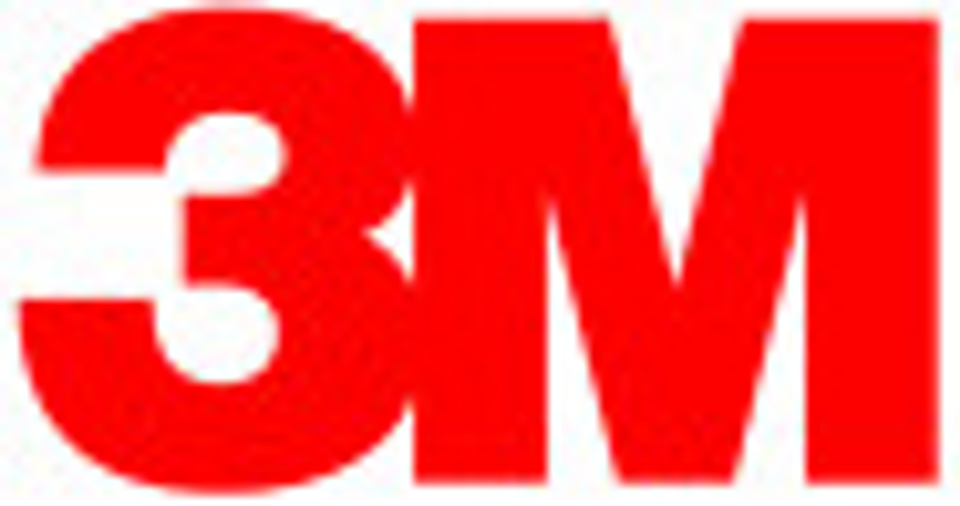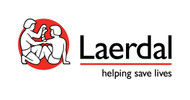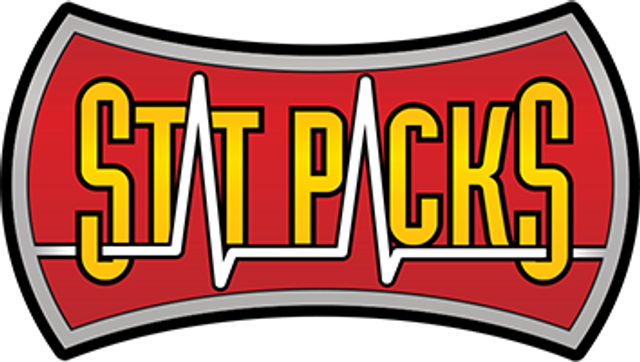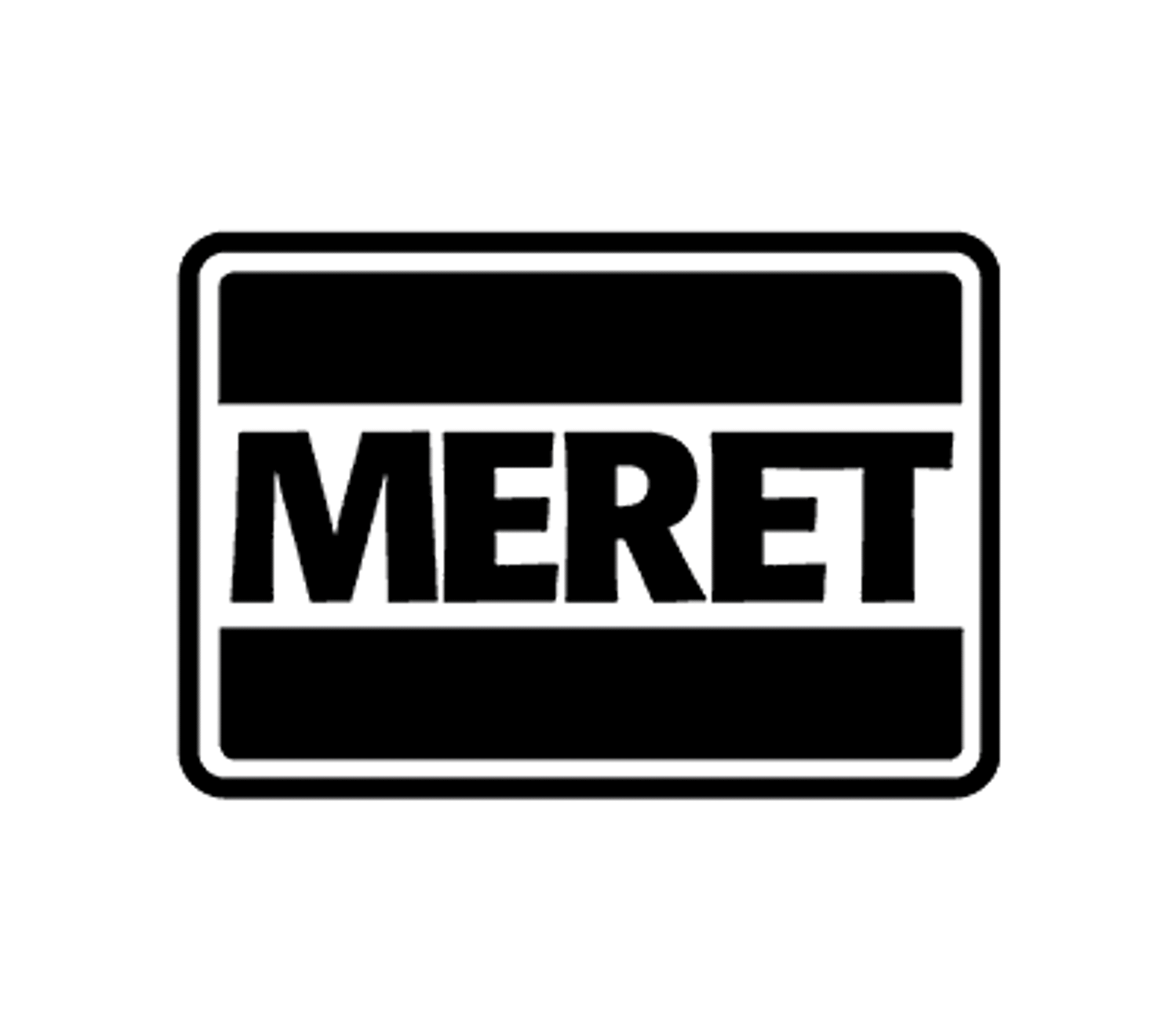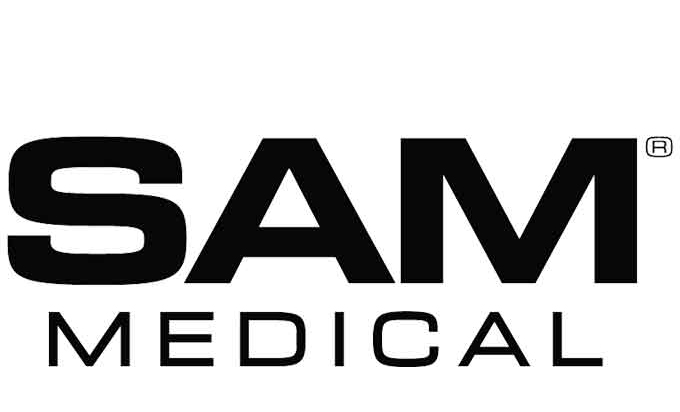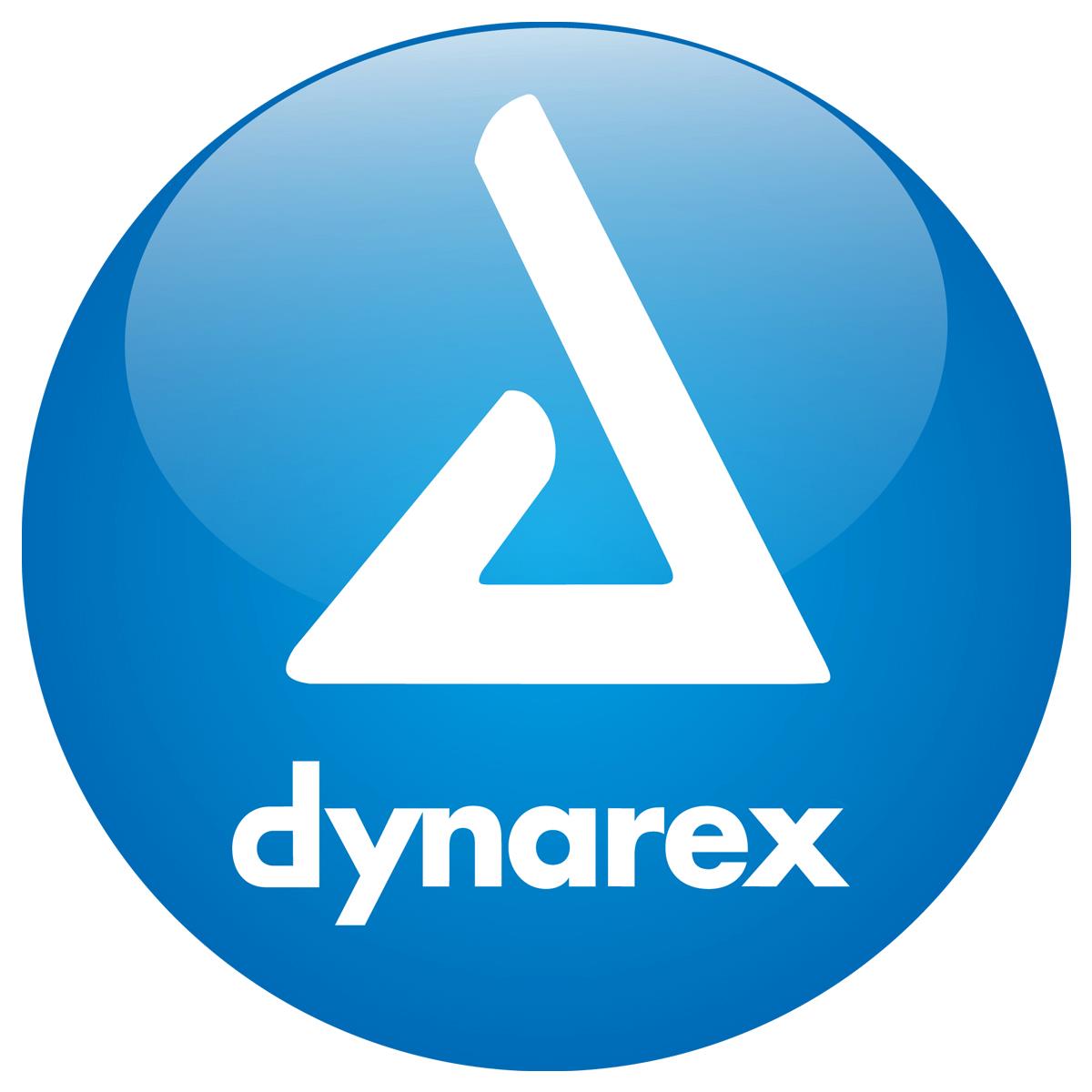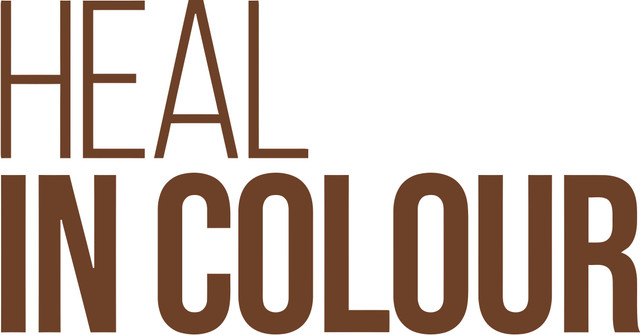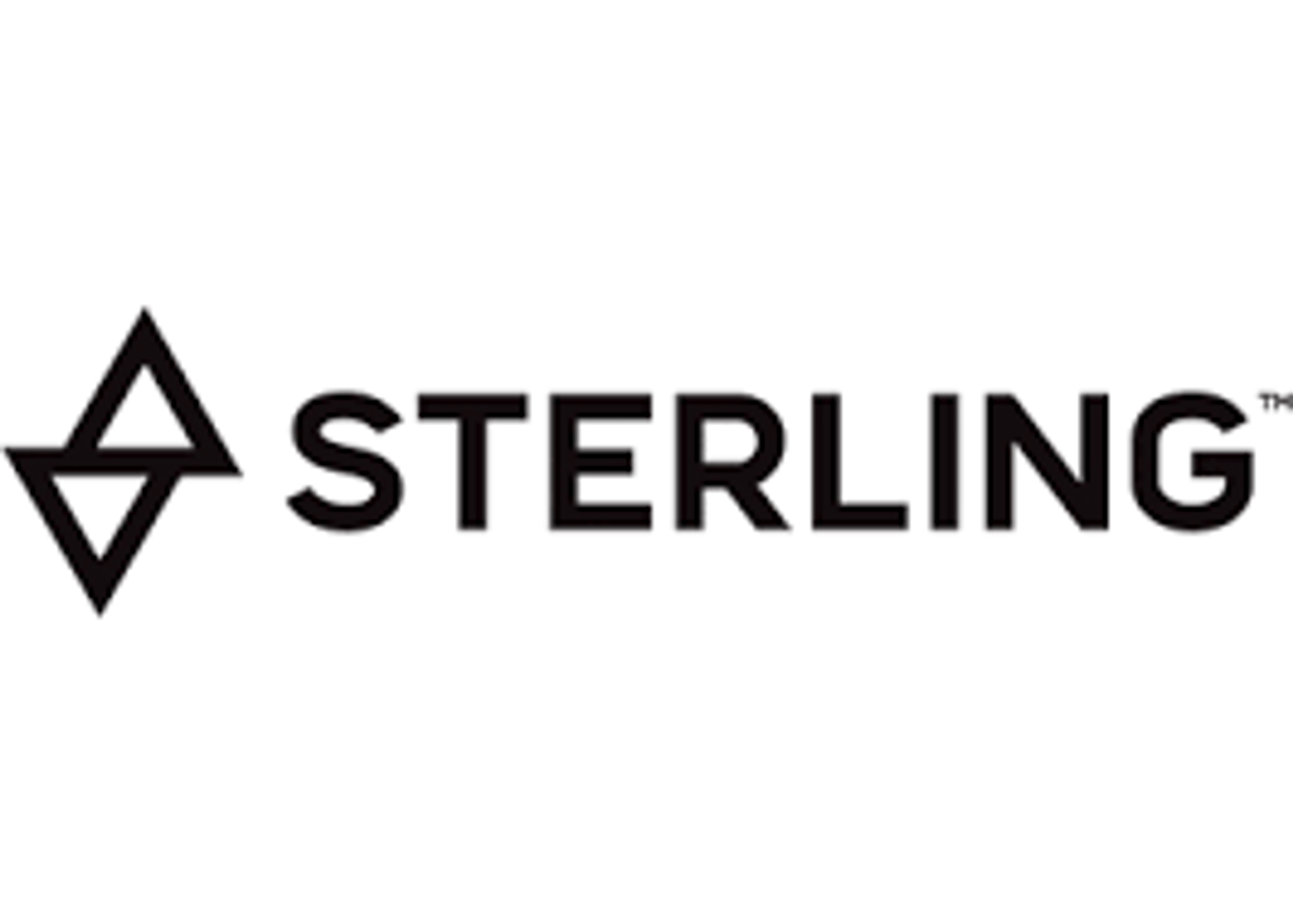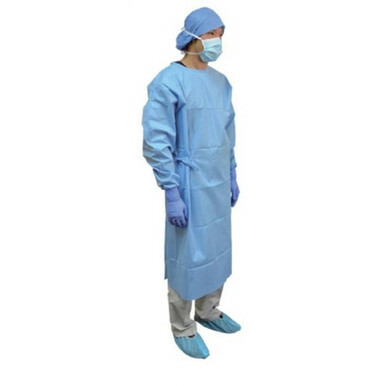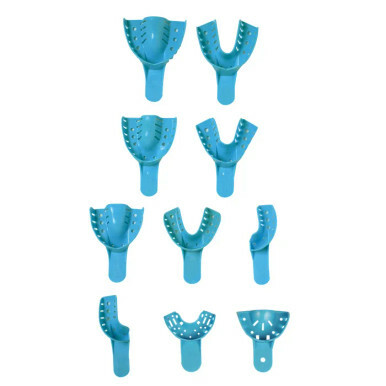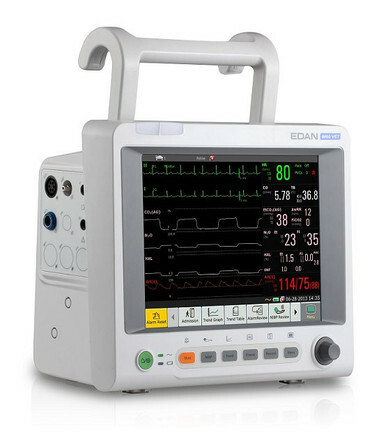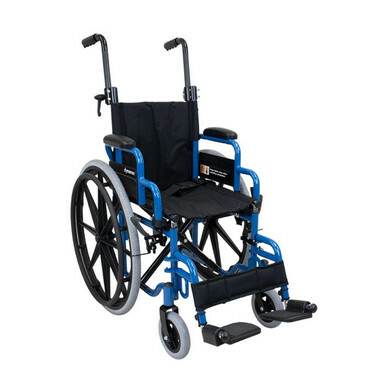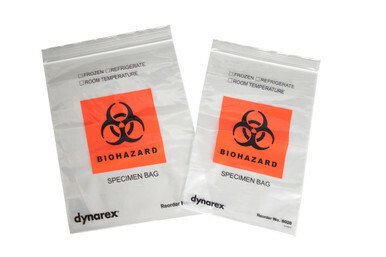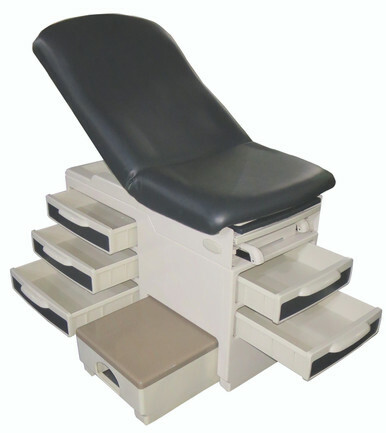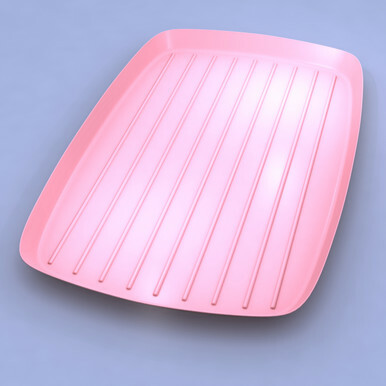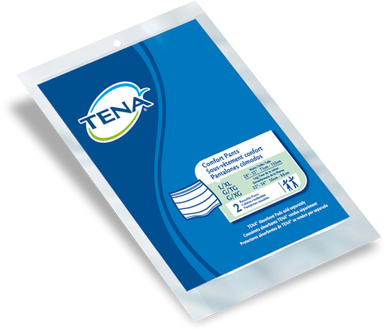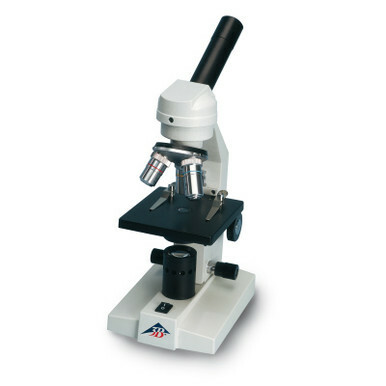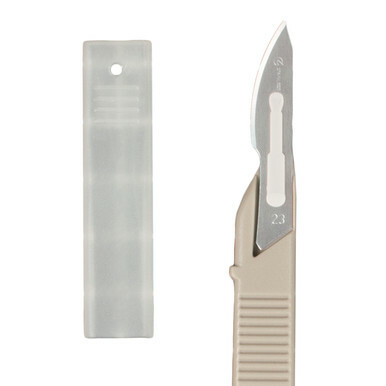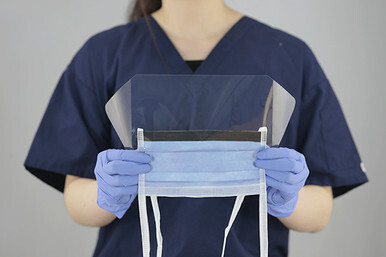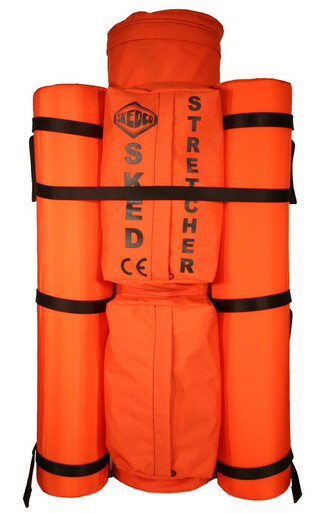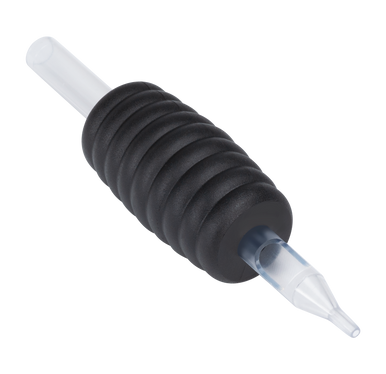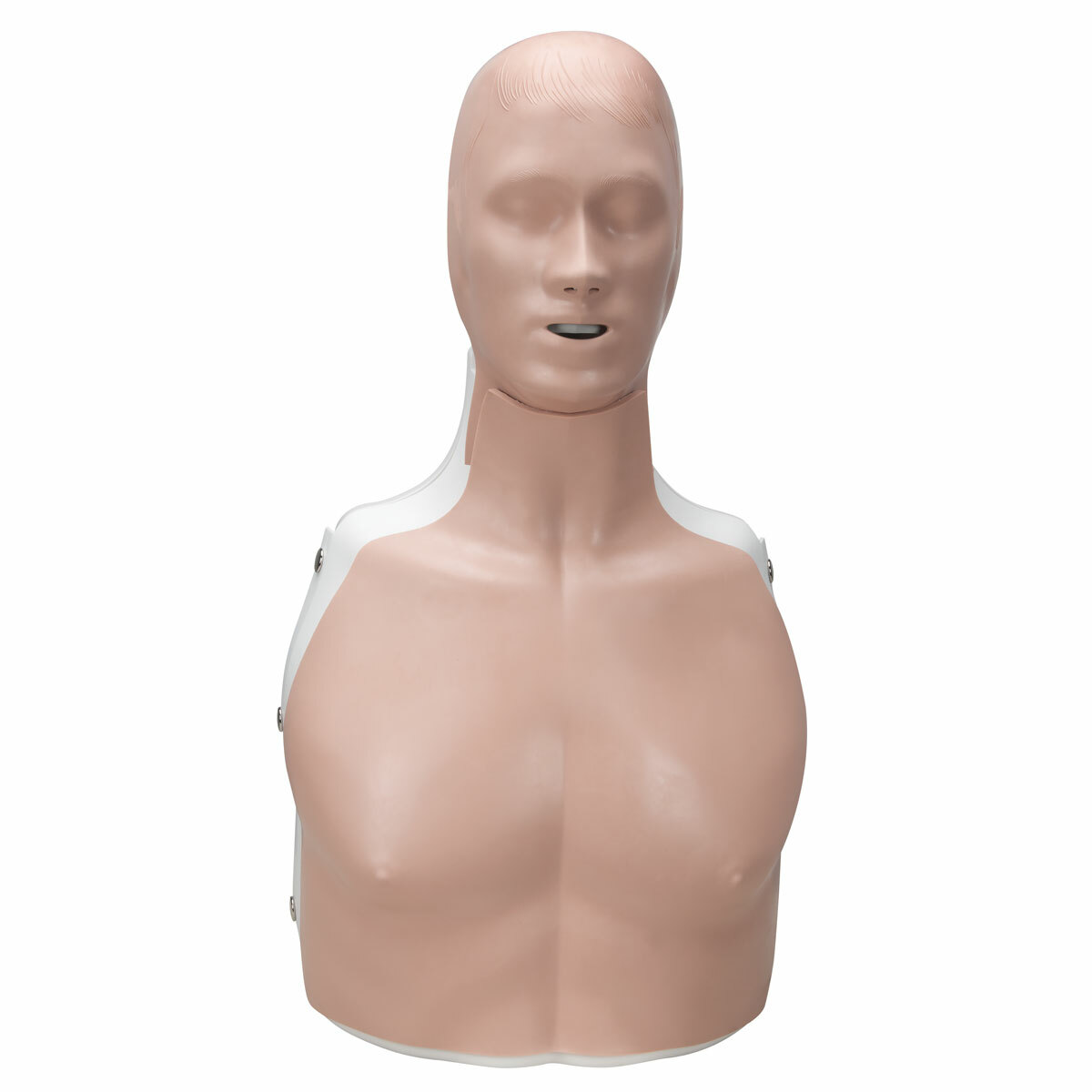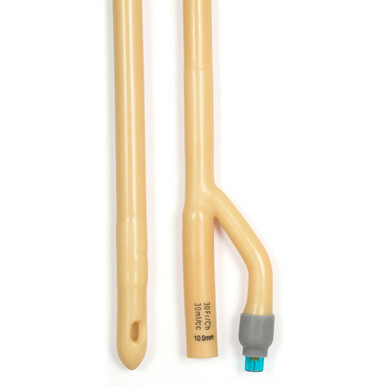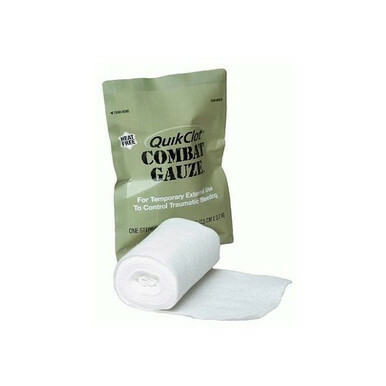Honoring Our Heroes on National Medical Transporters Day: The Vital Role of Transportation Equipment
Posted by EMRN on 20th Aug 2024
Every day, across the country, medical transporters work tirelessly to ensure that patients receive the care they need, when they need it. On National Medical Transporters Day, we take a moment to recognize and celebrate these unsung heroes who play a crucial role in our healthcare system. From emergency situations to routine hospital transfers, medical transporters ensure that patients are moved safely and efficiently. Central to their work is the use of specialized transportation equipment, such as stretchers and backboards, which are essential for patient safety and comfort.
The Significance of National Medical Transporters Day
Medical transporters are often the first point of contact for patients in distress. Whether it's responding to a 911 call, transferring a patient between hospital departments, or providing care during transport, these professionals are trained to handle a wide range of situations. Their role is critical, not just in moving patients, but in providing reassurance and support during what can often be a stressful time.
National Medical Transporters Day is an opportunity to highlight the dedication and skill of these individuals. It’s a day to acknowledge the challenges they face, the lives they save, and the essential contributions they make to the healthcare system. As we honor them, it's also important to recognize the tools they use that make their work possible—transportation equipment like stretchers and backboards.
The Importance of Transportation Equipment in Medical Care
When it comes to patient transportation, having the right equipment is crucial. Stretchers and backboards are two of the most common tools used by medical transporters. Each piece of equipment is designed to meet specific needs, ensuring that patients are moved safely and with as little discomfort as possible.
1. Stretchers
Stretchers are perhaps the most iconic piece of medical transportation equipment. They are used in a wide variety of settings, from ambulances to hospitals, and are designed to provide a safe and stable surface for transporting patients.
- Versatility: Modern stretchers are highly versatile, with features like adjustable heights, wheels for easy mobility, and the ability to accommodate various patient sizes and conditions. Some stretchers also come equipped with advanced features such as integrated IV poles, oxygen tank holders, and even the capability to convert into a chair for easier maneuvering in tight spaces.
- Patient Comfort: Comfort is a key consideration in the design of stretchers. Padded surfaces, secure straps, and smooth operation are all features that contribute to reducing patient discomfort during transport.
- Safety: Safety is paramount when moving patients, particularly those with serious injuries or conditions. Stretchers are designed to be durable and stable, minimizing the risk of falls or other accidents during transport.
2. Backboards
Backboards are essential for patients who may have suffered spinal injuries or other trauma that requires immobilization. They provide the necessary support to keep the spine in a neutral position, preventing further injury during transport.
- Spinal Immobilization: Backboards are crucial in scenarios where spinal injury is suspected. They help keep the patient’s spine aligned, reducing the risk of further damage during transport.
- Lightweight and Durable: Made from materials like plastic or composite, backboards are both lightweight and extremely durable. This makes them easy to carry, even in challenging environments, while still providing the necessary support.
- Versatile Use: While primarily used for spinal injuries, backboards can also be used in situations where a patient needs to be lifted or moved through confined spaces, such as in a collapsed building or other disaster scenarios.
The Role of Training and Expertise
While the equipment is vital, it’s the expertise and training of medical transporters that truly make the difference. Knowing how to properly use stretchers, backboards, and other transportation tools requires rigorous training. Medical transporters must be able to assess the situation quickly, determine the best method of transport, and execute it safely. This level of expertise ensures that patients are moved with the utmost care, reducing the risk of injury and improving outcomes.
Conclusion
On National Medical Transporters Day, we extend our deepest gratitude to the professionals who work around the clock to ensure patient safety and comfort during transport. Their dedication, combined with the use of essential equipment like stretchers and backboards, is critical to the success of our healthcare system.
As we celebrate these heroes, let’s also take a moment to appreciate the tools that enable them to perform their vital work. Without the right equipment, even the most skilled medical transporter would face significant challenges. Together, the people and the tools they use ensure that patients receive the care they need, when they need it most.

